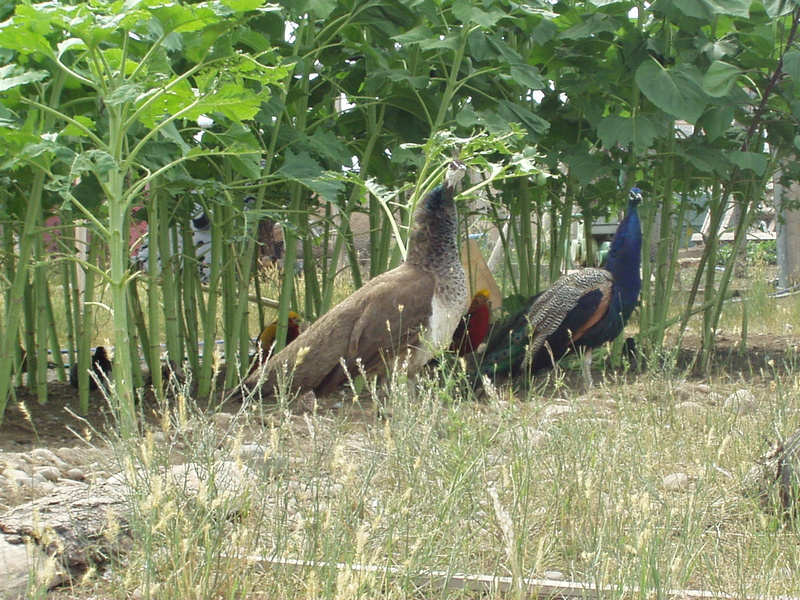|
| 질의: large blue | 결과: 597번째/1064 | |
Peafowl - blue peafowl (Pavo cristatus)
| 제목: | Peafowl - blue peafowl (Pavo cristatus)
| | 올린이: | Susan (bobisoo@msn.com)
| |

| 해상도: 1280x960
파일크기: 886537 Bytes
촬영일: 0000:00:00 00:00:00
사진기: C-1Z,D-150Z (OLYMPUS OPTICAL CO.,LTD)
F number: f/2.4
Exposure: 1/250 sec
Focal Length: 1500/100
등록시간: 2006:08:10 03:00:21
|
Peafowl pair
The Indian peafowl or blue peafowl (Pavo cristatus), a large and brightly coloured bird, is a species of peafowl native to South Asia, but introduced in many other parts of the world. The male, or peacock, is predominantly blue with a fan-like crest of spatula-tipped wire-like feathers and is best known for the long train made up of elongated upper-tail covert feathers which bear colourful eyespots. These stiff feathers are raised into a fan and quivered in a display during courtship. |
^o^
동물그림창고 똑똑전화 누리집
^o^
|
|

